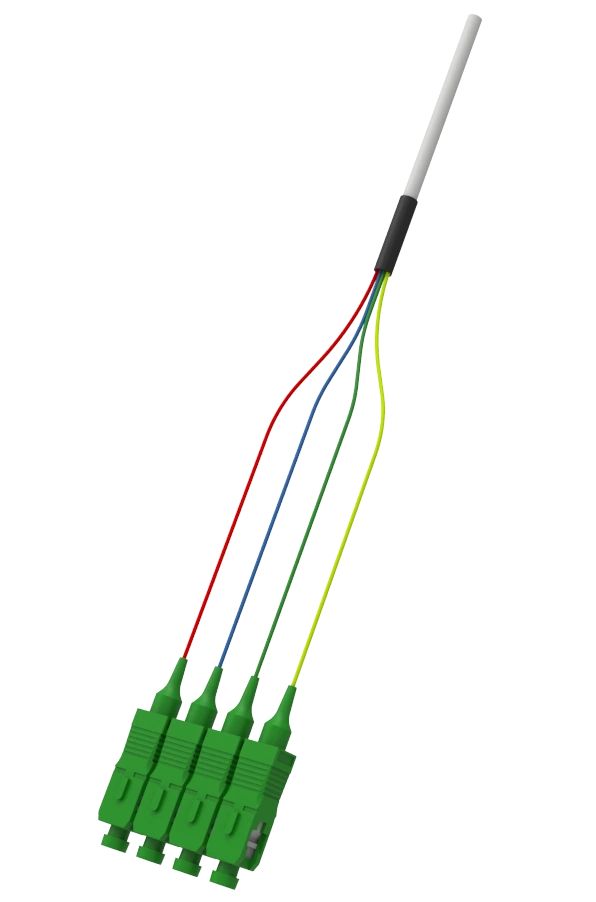A Game-Changer for Optical Communication

PMMA fiber, also known as acrylic fiber, has emerged as a game-changer in the field of optical communication. With its inherent properties and versatility, PMMA fiber has revolutionized the way information is transmitted through optical networks.
1. The Advantages of PMMA Fiber:
PMMA fiber possesses a multitude of advantages that make it a preferred choice for optical communication systems:
- Low Attenuation: PMMA fiber offers low signal loss, enabling the transmission of data over long distances without compromising quality.
- Easy Installation: Its lightweight and flexible nature make PMMA fiber easy to install compared to traditional options.
- Cost-Effective: PMMA fiber is a cost-effective alternative to other types of optical fibers. The lower manufacturing and installation costs make it an attractive option for various applications.
- Broadband Capability: With its wide bandwidth, PMMA fiber can support high-speed data transmission, catering to the growing demand for faster connectivity.
2. Applications of PMMA Fiber:
PMMA fiber finds extensive applications in various industries:
- Telecommunications: PMMA fiber is widely used in telecommunications networks to transmit voice, data, and video signals. Its high performance and reliability have made it an essential component in the modern communication infrastructure.
- Medical Field: PMMA fiber is utilized in medical devices, including endoscopes and light guides, enabling doctors to visualize and navigate internal organs with precision.
- Automotive Industry: PMMA fiber is employed in automotive lighting systems, providing enhanced visibility and durability.
- Data Centers: The high-speed and low attenuation of PMMA fiber make it ideal for data center applications, ensuring seamless connectivity and transmission of large volumes of data.
3. Future Developments and Conclusion:
The future looks promising for PMMA fiber as advancements continue to enhance its capabilities:
Researchers are working on improving the bandwidth capacity of PMMA fiber to meet the exponentially increasing data demands of the digital era. Furthermore, efforts are underway to develop PMMA fiber with even lower attenuation rates, enabling longer transmission distances.
In conclusion, PMMA fiber has ushered in a new era of optical communication. Its numerous advantages, wide range of applications, and ongoing advancements make it an indispensable component in modern communication systems. As technology continues to evolve, the potential for further breakthroughs using PMMA fiber is immense.



